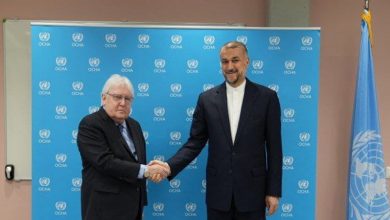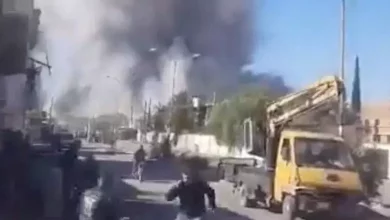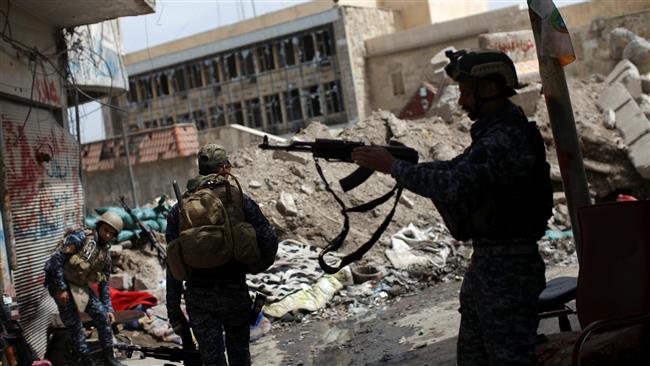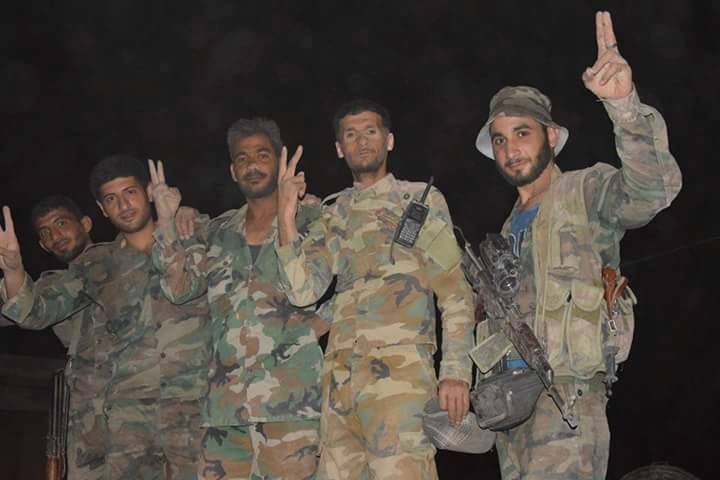ISIL Police Chief, Curators of Recruitment, Underground Cells Killed in Iraq’s Mosul
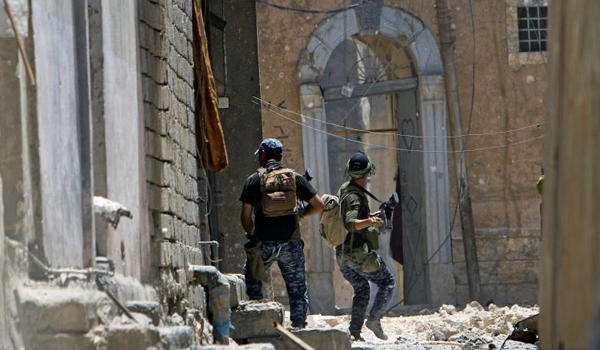

“The militiamen managed to recognize the bodies of terrorists killed West of Mosul on July 20 during an attempt to sneak into the rearward of militia. These are Abu Iman, in charge of Islamic police, Abu Abd Zuaizeia, in charge of recruitment, and Naser al-Badrani in charge of activities of IS (ISIS, ISIL or Daesh) underground cells,” the statement of Iraqi militia read, Sputnik reported.
UN Coordinator for Iraq Lise Grande had announced that an estimated 700,000 residents who remain displaced from their homes in Mosul after the city’s liberation from ISIL will need between $182 million and $450 million in aid.
The UN estimates are based on three possible scenarios, depending on the amount of time required before displaced Mosul residents can return, Grande explained, Sputnik reported.
“The fighting may be stopping, but the humanitarian crisis has not,” Grande stated.
Humanitarian support needed for three months is estimated at $182 million, rising to $450 million if nine months are required before displaced residents can return to the devastated city, Grande noted.
According to the UN data, there are 3.4 million people who remain displaced from their homes across Iraq, prompting appeals for up to $1 billion in humanitarian aid.
In Mosul alone, the number of civilians outside of their homes is as high as 700,000 people, Grande said.
In addition, Grande warned that intense fighting is expected to take place in three areas of Iraq where ISIL retains a foothold, with the possibility that an additional 100,000 civilians will flee before the terrorist group is ultimately expelled from Iraq.
The Iraqi Army announced in July 10 that Baghdad forces has recaptured the key town of Mosul, ISIL’s de facto capital in the Arab country, after 9-month of bloody battle with the Takfiri terrorists in Nineveh province.
According to an Iraqi commander that led the war to retake Iraq’s second largest city, security operations against the ISIL militants in Mosul left 25,000 militants killed.
Lt. Gen. Abdul-Amir Yarallah, head of the Nineveh Operations at the Joint Operations Command, said in a briefing that more than 25,000 militants were killed over the nine months of battles, including more than 450 suicide bombers.
He added that Iraqi forces destroyed 1,247 booby-trapped cars and shot down 130 drones belonging to the group besides more than 1,500 diverse vehicles.
The commander declared that the JOC fought the battle with more than 100,000 government and paramilitary troops.
Iraqi Prime Minister Haider al-Abadi announced in October 2016, the start of a military operation to recapture Mosul.
Baghdad declared earlier in January that the Iraqi troops managed to capture the Eastern part of the key ISIL stronghold in Nineveh province. The Iraqi Army started a new phase of its military operation late February to drive the ISIL terrorists out of their bastion in the Western part of the city of Mosul.
The second largest city in Iraq fell to the ISIL group in 2014, when the Takfiri terrorists began a campaign of death and destruction in the Arab country.
The United Nations predicted that it will cost more than $1 billion to repair basic infrastructure in Mosul. In some of the worst affected areas, almost no buildings appear to have escaped damage.
An estimated 862,000 people have been displaced from Mosul ever since the battle began nine months ago. A total of 195,000 civilians have also returned to the liberated areas of Eastern and Western Mosul.
